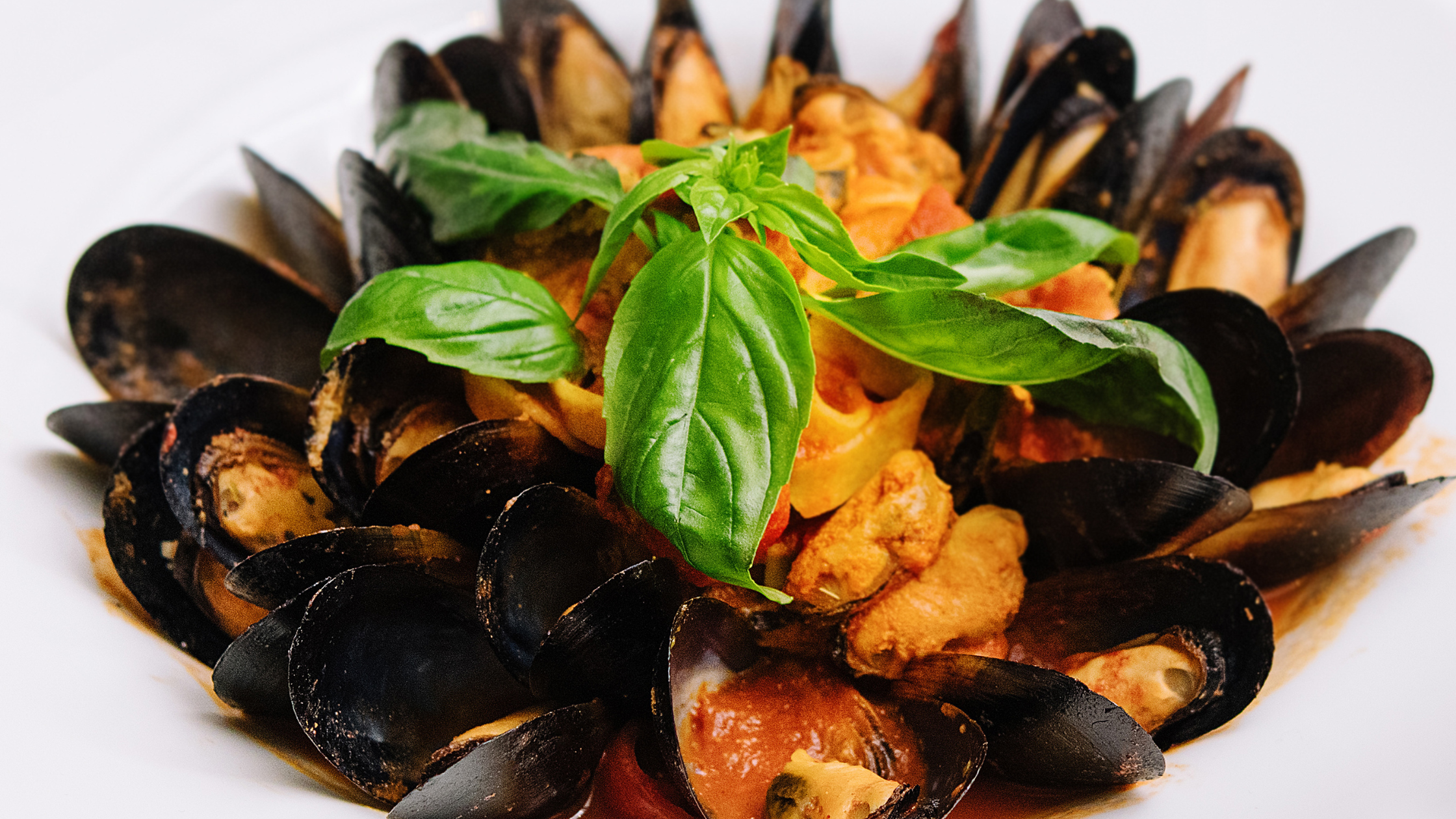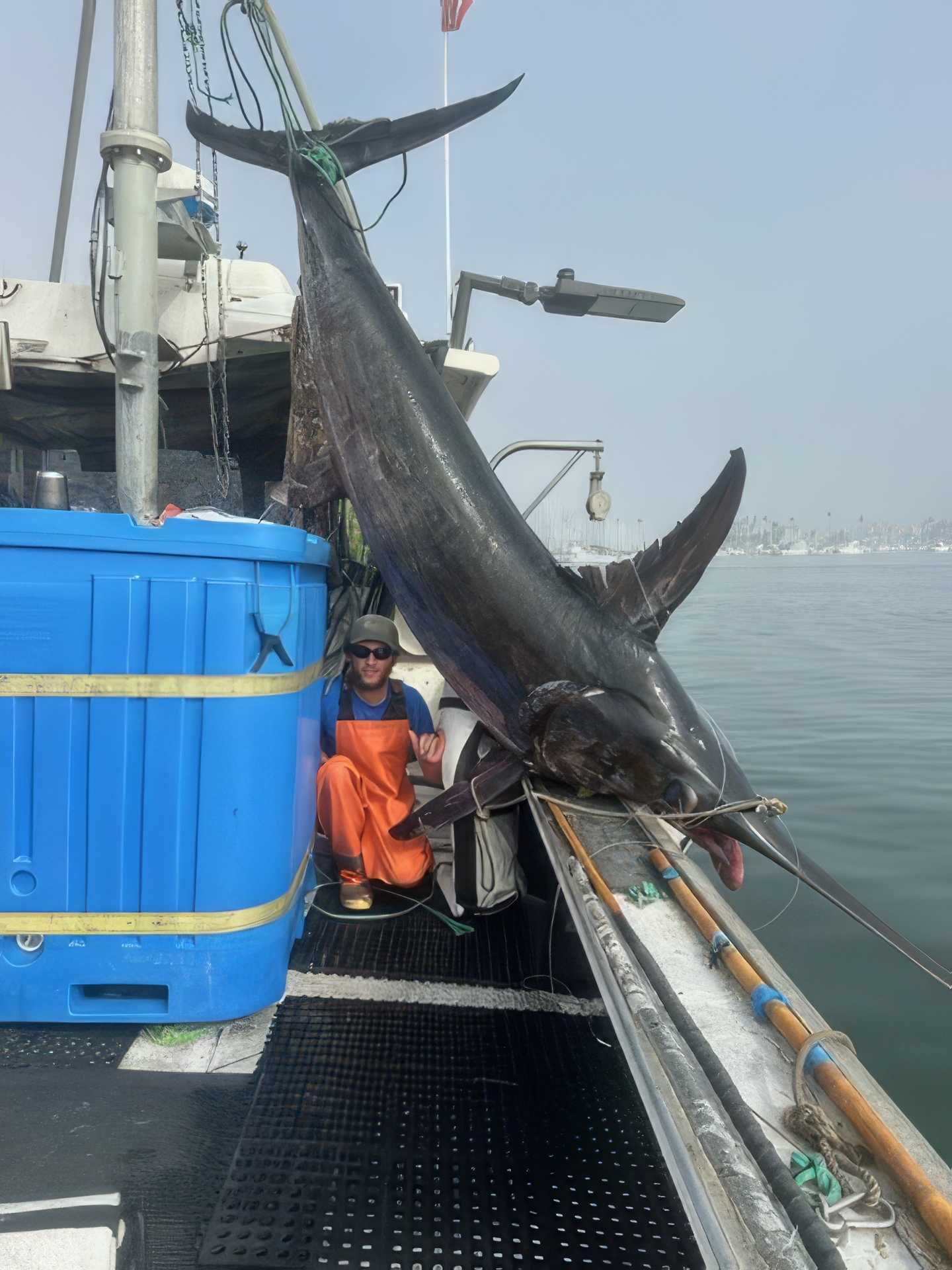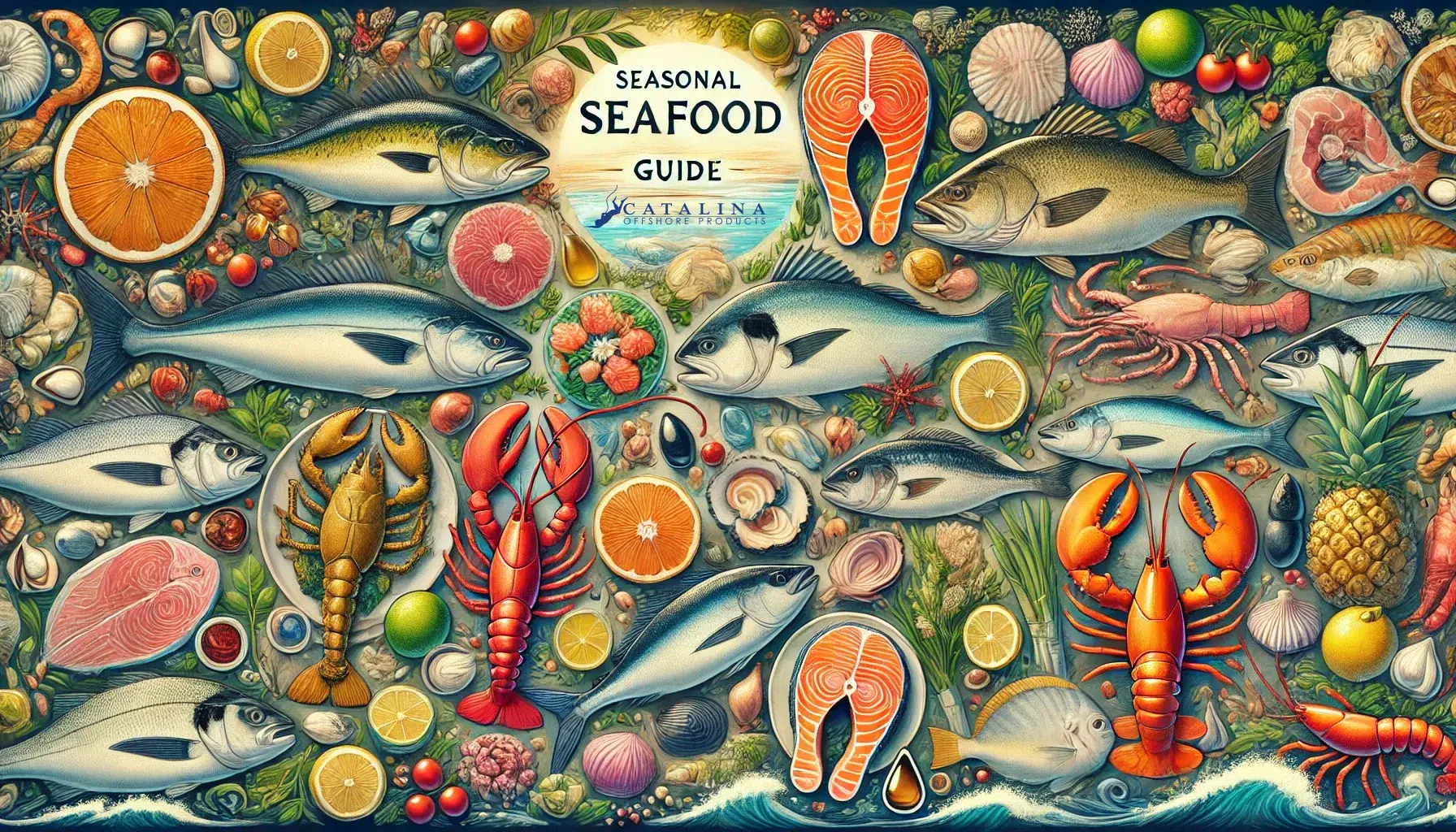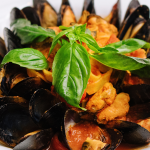
Savor the Sea: How to Make Mussels In White Wine Garlic Delight
Picture this: the sun dips below the horizon, casting a golden glow across the ocean while you sit at a seaside bistro, savoring each exquisite
FREE Overnight Shipping on orders over $300 ($200 in CA. Some suburbs are not included).
By Rebecca Gardon
 In California, fall marks the beginning of our local lobster season, which typically opens the last Wednesday of September or the first Wednesday of October and runs for 6-1/2 months.
In California, fall marks the beginning of our local lobster season, which typically opens the last Wednesday of September or the first Wednesday of October and runs for 6-1/2 months.
California spiny lobster (Panulirus interruptus) are found in the eastern Pacific Ocean from Monterey Bay, California to the Gulf of Tehuantepec, Mexico. In common with all spiny lobsters, the California spiny lobster has two large, spiny antennae, but no large claws on its legs. Among more than 40 species of spiny lobsters known worldwide, the California spiny is one of the largest.
The fishery
California spiny lobster are gathered in traps or by hand by divers. The fishery is regulated by size, gear requirements and limited entry. Traps produce minimal habitat impacts and bycatch, most of which is released alive. Both Mexico and California fisheries represent a “Best Choice” for consumers looking for a sustainable source of lobster. Spiny lobster from California is also approved by our partner in sustainability, Seafood for the Future.
Culinary applications
Although spiny lobsters lack front claws, pound for pound they tend to have more meat in their bodies than New England lobsters. Their ample tail meat is also denser and sweeter than their East Coast counterparts, yet still delicate in texture. As a result, these crustaceans are highly sought after around the globe.
Call us biased but we definitely prefer the taste of West Coast lobsters over the East Coast bugs. (Is that a throwdown brewing?) And here at Catalina Offshore we like nothing more than browning the tail meat in a vat pan full of butter. Finish off with a hit of lemon and salt, and call it good. Alternatively, season the tail with salt, garlic powder and paprika, then place on a foil lined baking sheet and broil for 10-14 minutes. We recommend positioning the rack about 8 inches from the broiler and keeping the oven door cracked. You can also steam or poach the meat for use in salads and sandwiches – lobstah roll, anyone?


Picture this: the sun dips below the horizon, casting a golden glow across the ocean while you sit at a seaside bistro, savoring each exquisite

The Conservation Benefits of Deep-Set Fishing At Catalina Offshore Products, sustainability isn’t just a buzzword—it’s a commitment. As a small family-owned company, we pride ourselves

As we journey through the latter half of the year, each month presents us with an array of fresh seafood delights. From the vibrant flavors of summer to the comforting dishes of winter, choosing and preparing the perfect fish or shellfish can truly elevate your meals. Here’s your comprehensive guide to selecting and cooking the best seasonal seafood from August to December.

Savor the Sea: How to Make Mussels In White Wine Garlic Delight
Picture this: the sun dips below the horizon, casting a

The Conservation Benefits of Deep-Set Fishing: A Sustainable Seafood Solution
The Conservation Benefits of Deep-Set Fishing At Catalina Offshore Products,

Your Ultimate Seasonal Fish Guide: Savor the Freshest Catches from August to December 2024
As we journey through the latter half of the year, each month presents us with an array of fresh seafood delights. From the vibrant flavors of summer to the comforting dishes of winter, choosing and preparing the perfect fish or shellfish can truly elevate your meals. Here’s your comprehensive guide to selecting and cooking the best seasonal seafood from August to December.